Photographing Through a Door Peephole
Documenting a Witness' Perspective
Nathan Auvil M.S.
(IAI) Certified Crime Scene Investigator
Detective – Pittsburgh Police Crime Scene Unit
Paul Becker B.S.
Detective – Pittsburgh Police Crime Scene Unit
Webmaster's note: See also the video "Evidence Photography — Basic Concepts"
I was recently tasked with photographing a witness' point of view through a door peephole. After trying several combinations of lenses and camera settings, I discovered a technique which yielded an optimal result. The technique I discovered is outlined in the following steps:
Step 1:
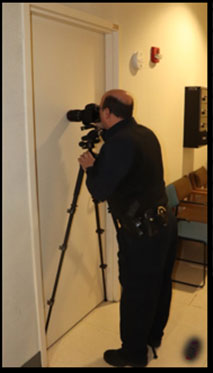
Attach Tamaron 1:2.8 macro lens to Cannon T7i camera. Attach camera to tripod.
Step 2:
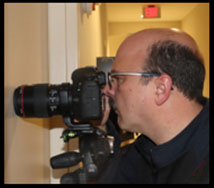
Align lens so it is perpendicular with the viewing aperture of the peephole.
Step 3:
Set the lens focal length to 90 mm and manual focus.
Step 4:

Set the camera to manual exposure. Settings: f/2.8, ½ sec, ISO 400. Depending on lighting conditions, a longer exposure or higher ISO may be needed. Increasing the f/stop (or decreasing aperture) higher than f/2.8 may lead to silhouetting of the peephole and other undesirable results.
Step 5:
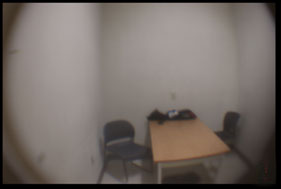
Take a photograph capturing the witnesses point of view through the peephole.
Step 6:
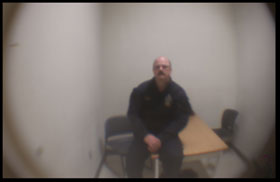
Photograph a person in the field of view to demonstrate identification is possible.
After practicing this technique on several door peepholes, I continually observed all resulting exposures appear mildly cloudy. This cloudiness is also seen when the peephole is viewed with the human eye.
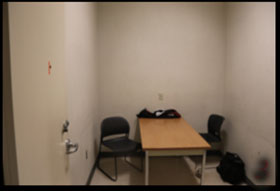 |
 |
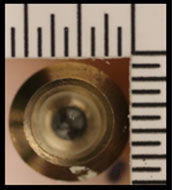 |
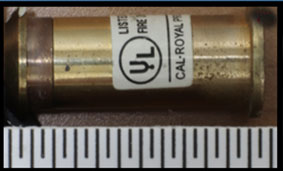 |
Article submitted by the author. The Crime Scene Investigator Network gratefully acknowledges the authors for allowing us to reproduce the article.
Article posted April 7, 2020

